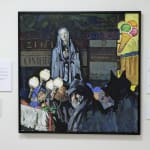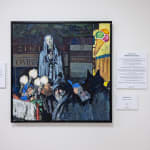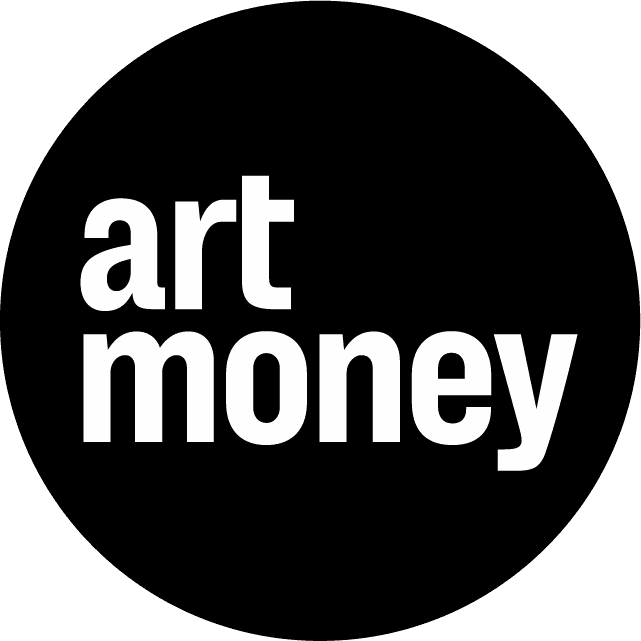Andrew Gow British, b. 1978
Further images
The painting draws inspiration from a photograph the artist captured during an Easter procession in the main square of Cortona, Tuscany, some years past. This artwork prompts viewers to reflect on a dilemma: Should one follow the sombre religious procession towards the Cathedral, embracing ancient 13th-century moral values? Or should one opt for the simple pleasure of enjoying ice cream instead? The piece raises questions about the nature of religious beliefs and doctrines. Might they be inherently more harmful than beneficial? Would individuals be better off indulging in life's small pleasures, even if they risk adverse consequences?
The artist's background offers context to this internal struggle. Growing up in a deeply religious household, they were profoundly influenced by their Catholic mother, who held dogmatic solid views shaped by her education in a strict Belgian convent school. The artist's childhood was marked by an acute sense of sin; tales like being warned at three years old that looking in the mirror too long might summon the devil left lasting impressions. Despite growing older and forming their own rational opinions, the artist grappled with the weight of these ingrained religious teachings. There remains a lingering guilt, a metaphorical Jiminy Cricket (a colloquial nod to Jesus Christ) voice challenging their decisions. Like Pinocchio, individuals often face a tug-of-war between their desires and societal expectations. Yet, there's a growing realisation that the societal path, laden with myths and moral pressures, may not be for the individual's greater good. The artwork questions the true nature of these towering societal constructs of politics and religion. Are they genuinely serving the masses or manipulating them through guilt for undisclosed objectives? Sometimes, it might be better to rebel, take a moment's pause, and treat oneself to an ice cream - arguably a lesser vice.
The artwork largely mirrors the original photograph, with the notable addition of a luminous ice cream sign adorning the wall. Intriguingly, even the inscriptions of "Cathedrale" and "Gelato" are true to the artist's original capture. The painting style is an expressive fusion of dark baroque religious artistry and the vibrant hues of fauvism.
Exhibitions
Saatchi Gallery, London | Oct 2023
The Chocolate Factory, London | Dec 2023
The Beauchamp, London | March 2024
Join our mailing list
* denotes required fields
We will process the personal data you have supplied to communicate with you in accordance with our Privacy Policy. You can unsubscribe or change your preferences at any time by clicking the link in our emails.







